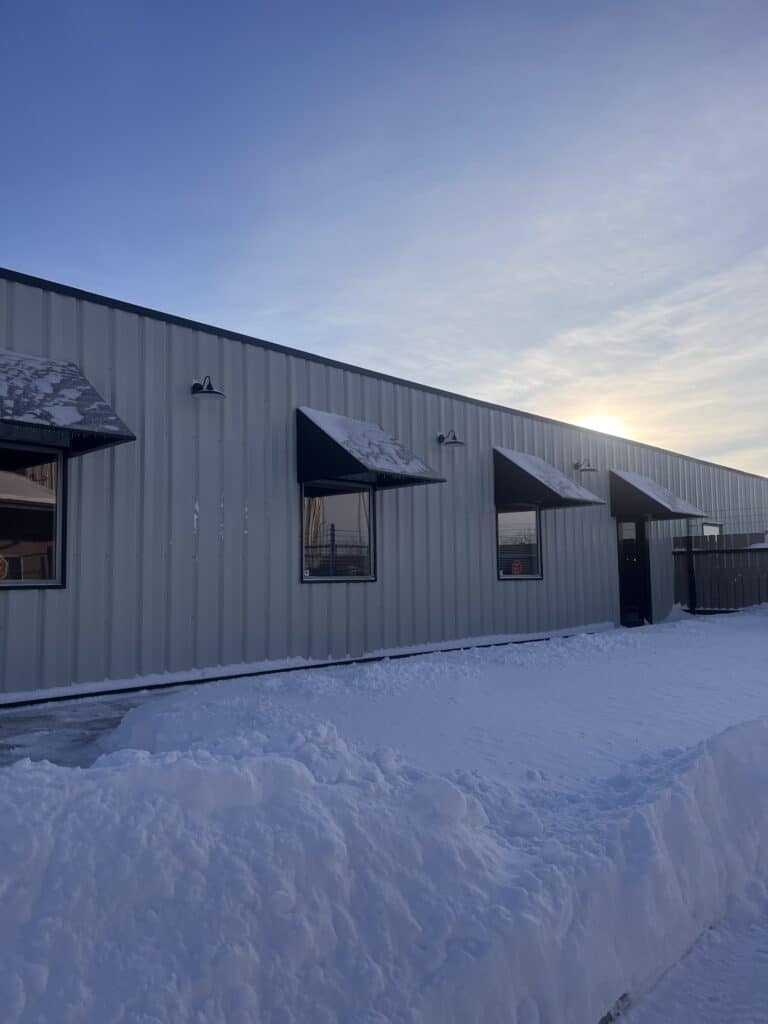Introduction
In many work environments, exposure to high levels of noise is a common occupational hazard. Prolonged exposure to excessive noise can lead to permanent hearing damage and impact overall well-being. That’s why prioritizing hearing protection in the workplace is essential. In this blog post, we will explore the importance of hearing protection, the potential risks of noise exposure, and the strategies and equipment available to ensure optimal hearing health in various work settings.
Understanding the Risks of Noise Exposure
Exposure to loud noise is a significant risk factor for noise-induced hearing loss (NIHL). In Alberta, prolonged or repeated exposure to noise levels above 82 decibels (dB) can damage the delicate structures of the inner ear. NIHL is irreversible and can have a profound impact on an individual’s quality of life, affecting communication, productivity, and overall well-being. By recognizing the risks associated with noise exposure, employers and employees can take proactive steps to protect hearing health in the workplace.
Implementing Hearing Conservation Programs
A comprehensive hearing conservation program is crucial for mitigating the risks of noise exposure. Such programs should include noise assessments to identify areas and processes with excessive noise levels, employee education on the hazards of noise exposure, and the proper use of hearing protection devices (HPDs). Employers should also establish engineering controls to reduce noise levels, such as sound insulation, machine maintenance, and noise barriers. By implementing these measures, employers demonstrate their commitment to preserving employee hearing health.
Selecting and Using Appropriate Hearing Protection
As of March 31st, 2023, Alberta (Occupational Health and Safety Code, 2023) now requires that all hearing protection must meet the requirements of CSA Standard Z94.2-14 (R2019), and that all hearing protection is fit tested according to CSA standards Z94.2-14 (R2019), Hearing protection devices — Performance, selection, care, and use. (Section 222 p.16-3). These include earplugs, earmuffs, and custom-molded earplugs. It is essential to select HPDs that provide an appropriate level of noise reduction and comfort for the specific work environment. Regular training should be provided to employees on the correct use, fitting, and maintenance of HPDs to ensure maximum effectiveness. Employees should be encouraged to wear hearing protection consistently in noisy areas or when exposed to loud sounds, even for short durations.
Regular Hearing Assessments
According to the province of Alberta (Occupational Health and Safety Code, 2023) employers must provide, at the employer’s expense, the following audiometric tests for a worker who is or may be exposed to excess noise at a work site; an initial baseline test as soon as possible, but not later than 6 months after the worker is employed or within 6 months after a worker may be exposed to excess noise, a test not more than 12 months after the initial baseline test and a test at least every 2nd year after the test under clause (Section 223(1) p. 16-3). These assessments help detect any changes in hearing thresholds and enable early intervention or necessary adjustments to hearing protection strategies. By monitoring employees’ hearing health, employers can address issues promptly and take proactive measures to protect their workforce.
Conclusion
Preserving hearing health in the workplace is a shared responsibility between employers and employees. By recognizing the risks of noise exposure, implementing comprehensive hearing conservation programs, selecting appropriate hearing protection devices, and conducting regular hearing assessments, organizations can create a safer work environment and safeguard the well-being of their workforce. Prioritizing hearing protection not only prevents noise-induced hearing loss but also promotes productivity, communication, and the overall quality of work life for employees. Let’s commit to protecting our hearing and ensuring a healthier and more harmonious workplace.
Sources:
Government of Alberta. (2023, March). Noise– part 16 in the OHS code. OHS Resources. Retrieved July 26, 2023, from OCCUPATIONAL HEALTH AND SAFETY CODE – AR 191/2021 (effective March 31, 2023) (alberta.ca)




